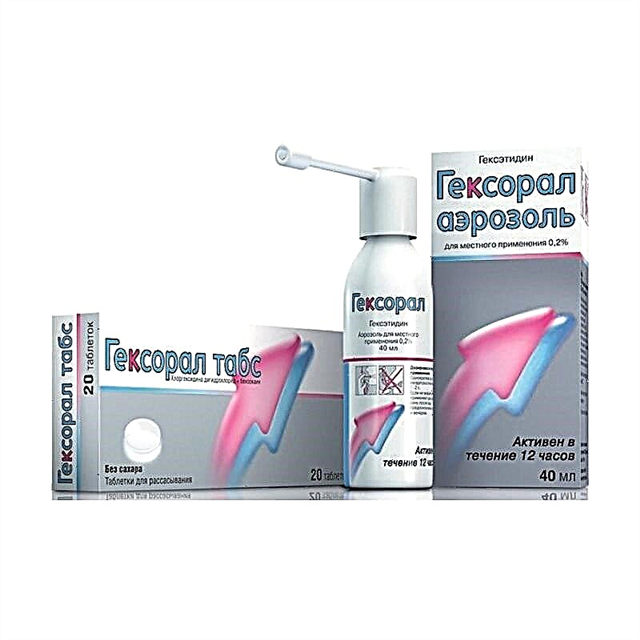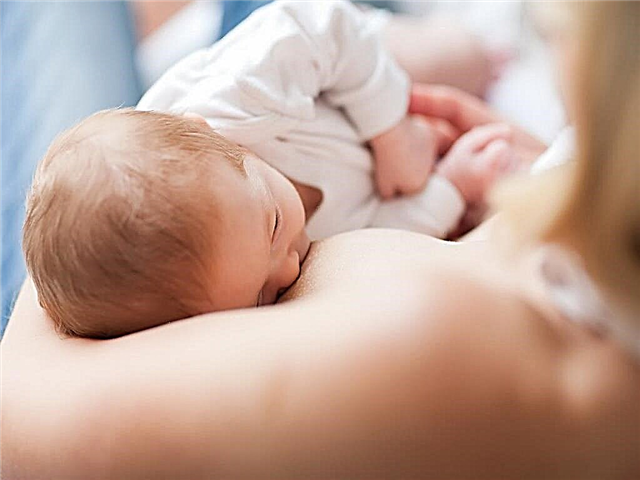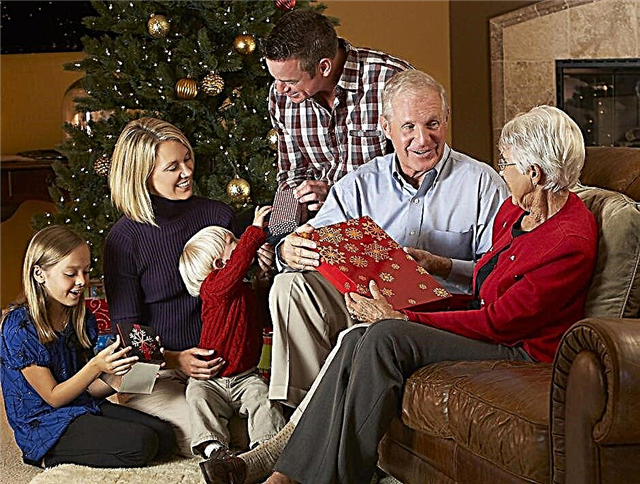Temperature on a child's teeth is a natural reaction of the body. Physiological processes cause changes in indicators, since eruption damages the soft tissue of the gums. A deviation from the norm is recorded in 90% of cases. Parents should consider the nuances of their baby's behavior and well-being before choosing drugs for treatment.

Teeth begin to appear actively in the first year of life
Fever on the teeth
An elevated temperature in a child during teething without additional symptoms of the disease is a common phenomenon. It is fixed when the baby reaches the age of 6 months. At this time, the first tooth crawls out in most children. Fever can be complemented by symptoms such as:
- refusal to eat;
- drowsiness;
- whims;
- nervousness;
- anxiety.
The kid constantly asks for his arms, does not fall asleep well and cries a lot. Behavior change occurs due to the presence of pain and discomfort. Fever can also lead to diarrhea or vomiting.
During the eruption of the first and subsequent teeth, biologically active substances enter the child's body. They cause the gum tissue to soften. As a result, an inflammatory process and an increase in body temperature are observed.
Attention! Fever has a negative effect on the immune system. During this period, the risk of a secondary infection, stomatitis or sore throat increases. As a result, temperature indicators increase to 37.5-38, rarely up to 39 degrees.

Anxiety and tearfulness are natural manifestations of discomfort
Among the accompanying manifestations of teething, there is active salivation. This is a protective reaction on the part of the body against the appearance of foreign microflora. Saliva contains substances that prevent inflammation. They actively disinfect the oral cavity. The baby tries to eliminate the pain by gnawing on objects or toys. It is recommended to wipe the surfaces that the baby comes in contact with to reduce the number of microorganisms in the mouth.
What temperature happens
As soon as the tooth is about to erupt, the child's body instantly reacts. Normal for this period of time is 37-37.5 degrees. The overall well-being of the baby may be normal. In some cases, he does not lose his appetite, plays actively. There is no need to specifically bring down the temperature. Values exceeding 38 degrees indicate an inflammatory process or the addition of a secondary infection. If the indicators do not begin to stray to normal, it is recommended to consult a pediatrician.
Why does the temperature rise
The appearance of the first teeth in only 10% of babies under 1 year old proceeds without the manifestation of the corresponding symptoms. When a child's teeth are being cut, the temperature rises actively. The kid begins to climb into his mouth, bite toys, objects, clothes and his own fingers. He can catch colds very easily, as the immune system is weakened. Sleep duration is disrupted at night. A strong reaction occurs on growing front teeth or canines.
The reasons for the increase in temperature indicators are associated with several processes that occur in the body:
- At the eruption site, an increased amount of active components is released. They lead to a softening of the gum tissue, sometimes the jaw bones are affected. The advancement of the tooth is facilitated, but the body reacts with an increase in temperature;
- The immune system is weakened, the defense is reduced. Attachment of the infection occurs at this moment faster.
A symptom such as vomiting appears. It is associated with an increased amount of saliva, which is produced to eliminate microorganisms from the oral cavity. Its large amount leads to disorders of the gastrointestinal tract. By the presence of such manifestations, parents will be able to understand that the period of the appearance of teeth has begun. If they begin to grow after a year, then difficulties appear only at the time of the eruption of the canines. The rest of the time, the symptoms are milder or completely absent.

The child has a desire to pull everything into his mouth
Attention! In addition to the main symptoms, cold symptoms may appear: snot, slight coughing. It is recommended in this case to consult a doctor in order to start the correct treatment.
How many days does it last
The temperature on the teeth of a child can last all day. If the behavior has not changed, there are no other negative manifestations, then you will not need to do anything on purpose. The duration of 1-3 days is considered the norm, with an increase in the evening and at night. For normal sleep, antipyretic drugs can be given.
Should be considered! If the upper limit of 3 days is passed, it is best to see a doctor.
When the natural process of changing milk teeth to permanent ones comes, such problems with well-being are not observed in children. The only exception can be molars. This is due to the anatomical structure and size of the dental crown. If the temperature exceeds 39 with teeth in infants or does not fall for more than 3 days, then examination by a pediatrician becomes a necessity.
Do I need to shoot down
It is not recommended to specifically give drugs to reduce fever. Higher values indicate that the immune system is naturally fighting the problem. The baby's body is not yet strong enough for minor changes to take place without the manifestation of characteristic symptoms. Doctors do not recommend resorting to medication if the thermometer readings do not exceed 38 degrees. The body must independently produce special substances that will help reduce fever to normal values.
Consider! The advice is relevant if the child feels good, there are no other manifestations of the disease. Increased values should not be long-term. On the second day, in most cases, they gradually decrease, but they can hold out for a full 3 days.
It is imperative to reduce the temperature in the following situations:
- indicators increased to 38.1 degrees;
- have neurological problems and diseases;
- the child's general health is difficult (he is constantly sleepy, lethargic, cries a lot, little or does not eat at all);
- sleep disturbances;
- there are severe pains (the baby constantly climbs into the mouth).
In these cases, you need to give a syrup or suspension to reduce fever (dosage as recommended and under the supervision of the attending physician).
When to shoot down
It is imperative to alleviate the condition for a baby who is under a year old, if the indicators do not fall to normal for more than 3 days. You will also need to take action when the scale approaches 39 degrees. If an infant continues to fever for a long time, then its development slows down, health deteriorates, and the risk of serious and even dangerous diseases increases.
It will be necessary to bring down to acceptable values if the baby has neurological diseases. A high temperature reading can cause:
- the development of seizures;
- coagulation of blood in the vessels;
- rapid heartbeat;
- severe breathing problems.
Convulsions are associated with the physiological age characteristics of the body. The child is not able to cope with large temperature changes. If the problem has already manifested itself, immediate medical attention is required. In most cases, seizures last 5-10 seconds. Consequences: dehydration and depletion of the body's strength. After a child reaches the age of 3 years, with high or sharp jumps in temperature, seizures do not occur in most cases.

Refusal to eat is a symptom of the beginning of the eruption of the first teeth
The following behavior is considered normal during eruption:
- anxiety;
- tearfulness (but not constant);
- refusal to eat.
The kid may refuse to play with favorite toys. Other manifestations should alert parents:
- prolonged sleep;
- lethargy;
- lack of reaction to toys.
These manifestations indicate intense fever. In this state, the child should not be alone. Parents should monitor their health to prevent complications. The temperature will need to be measured in an interval of 1 hour.
Fever can also be recognized by its external manifestations:
- the baby's face turns red;
- dry lips;
- a characteristic blush appears on the cheeks;
- sluggish state;
- eyes turn red, moisture and shine are present;
- the skin is hot and dry, in some cases the child does not urinate for a long time.
Urgent consultation with a doctor
It is necessary to seek help from specialists when parents do not know what temperature should be when teething in a baby. You will also need to call a pediatrician:
- with a significant deterioration in health;
- frequent vomiting and profuse diarrhea;
- in the presence of neurological abnormalities;
- if the temperature has risen above 38 degrees;
- there is no decline after 3 days;
- indicators do not fall after taking antipyretic drugs.
You will need to visit a doctor after the fact of seizures to control the condition (a seizure is manifested by pain, back bends, the skin turns blue).
The addition of other symptoms, such as vomiting or nausea, may indicate exposure to the infection. This is manifested in the retention of high temperature indicators by the body for more than 3 days and the absence of the effect of drugs.
Important! Do not self-medicate. It is also not allowed to exceed the dose of the prescribed medicinal product to reduce indicators without supervision by a doctor.

Ventilation is an important factor in maintaining a microclimate
A negative reaction from the body to the fact of teething occurs in most cases. The condition is not a deviation from the norm, but requires increased attention from the parents. It is not recommended to give medications if the child's behavior does not change much, there are no other negative manifestations. To improve the well-being and facilitate the process, it is recommended to maintain an optimal microclimate in the room, constantly humidify the air. At the time of eruption, you need to give up a long stay on the street.
You need to walk if there is no heat, there is no infectious nature of the temperature rise. Also, the children's room should be regularly ventilated so that allergens do not enter the body. The amount of drinking is increased to prevent dehydration. It is best to discard excess clothing indoors and remove the diaper. Additionally, it is not recommended to start or continue complementary feeding. These recommendations will help to quickly reduce the indicators to acceptable or normal age.



